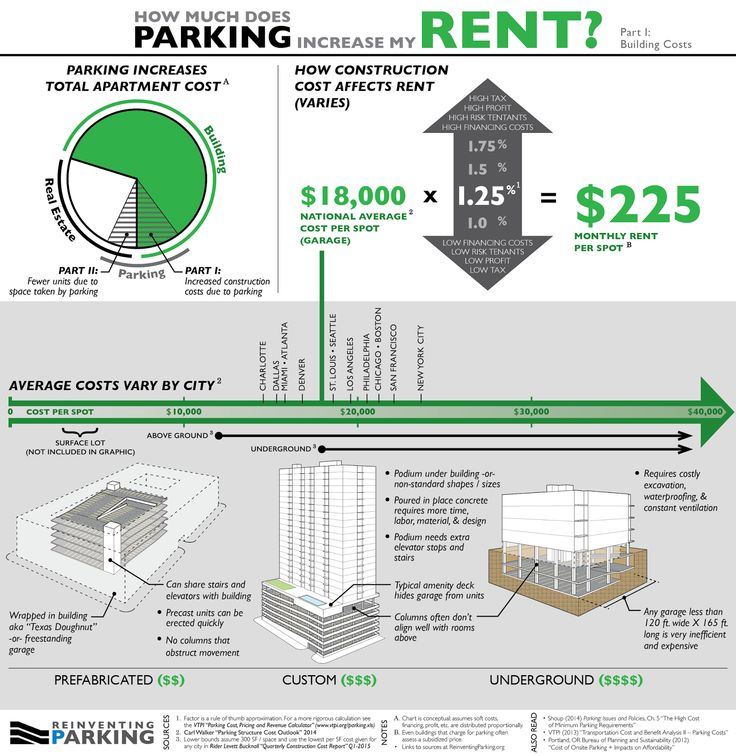At some point, every car requires new tires. Since you want to budget accordingly, it’s important to know how much does it cost to replace your tires?
In this guide, we cover the varying factors that influence the new tire price. We also give you a few tips that may help you save some money.
How Much Do New Tires Cost?A new set of four tires will usually cost you between $400 and $1500, depending on the type of tire, vehicle, quality and where you get them installed. If you choose cheap tires, you may be able to spend $50 each, but on some vehicle types, you can easily spend $1500 or more on a new set of tires.
Now that we have the quick answer to the general cost of new tires, let’s take a closer look at the factors that affect the cost.
Factors Affecting Cost to Replace Your Tires1. Tire SizeThe biggest factor affecting your expense will be the size of the tire you need. You can find tires in all sizes, meant for a multitude of purposes. If you have a compact car, you will have the cheapest tires available, maybe even $50 each.
Of course, high-performance cars, large pickup trucks, specialty off-road vehicles, and SUVs will naturally cost more. A good rule of thumb is that the larger the tire is, the more you can expect to pay for it.
2. BrandThere are just as many tire brands as there are sizes. Many tire shops specialize in one budget brand and carry a multitude of name brands.
You will spend far less to go with the no-name brand, but you need to think about the quality. After all, if you save money today by choosing this brand, does it really pay off if you have to replace the tires again prematurely? You may also get a much longer mileage warranty with quality tires, than with inexpensive tires.
If you choose a premium tire brand such as Michelin, Continental, Goodyear, Bridgestone, you will of course pay much more, but you know that you will get quality tires that last a long time and keep your vehicle on the road.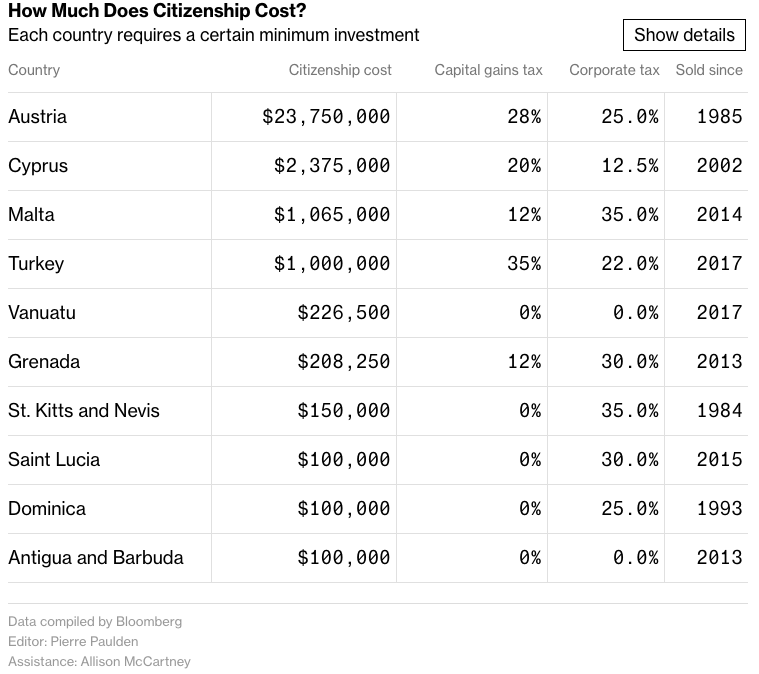
RELATED: 6 Worst Tire Brands to Avoid Buying
3. Installation CostMost tire shops do not make a lot of money on the tire installation. The job itself doesn’t take long and the price can often be included with the cost of the tires.
On average, you can expect most shops to tack on about $20-$40 per tire for the installation. However, if you visit a warehouse club, that expense could be even less.
4. Tire DisposalYou don’t get to leave your old tires with the shop without paying a price. These shops must pay to have them recycled, so that cost gets passed down to you.
On average, the tire disposal fees will be between $2 and $10 per tire to dispose of them. If you would rather save this money, you can get rid of them yourself.
5. Road Hazard/Warranty ProtectionOn top of the regular price paid for your tires, you may choose to add some extra warranty protection. With road hazard protection, you are covered if your tires get a hole or blow out.
However, you must be careful who you choose to get road hazard through. Not all companies are going to follow through on the agreement, leaving you paying for protection that doesn’t matter when something actually goes wrong.
6. Wheel AlignmentWhen your new tires are installed, you will need to get a wheel alignment. Having properly aligned tires ensures that they last as long as possible.
You might pay between $75 and $200 to have the wheels aligned, depending on how many need to be done. However, this money can be seen as an investment, ensuring that your tires continue to provide reliable transportation.
How to Save Money on Tires1. Shop AroundThe most important factor is shopping around. You can call one location and get a price on a particular set of tires and the cost is completely different somewhere else, even though they are the same tires.
When you are shopping around, keep a couple of costs in mind. You will have the cost of the tires, the cost of installation and any fees that the company charges. Ask for the “out the door” price, so you can compare it apples-to-apples.
You will have the cost of the tires, the cost of installation and any fees that the company charges. Ask for the “out the door” price, so you can compare it apples-to-apples.
RELATED: How Much Do Rims Cost?
2. Watch for SalesYou can get a great deal if you shop during a sale. Of course, it’s not always convenient to wait for the next sale, but if you have some time before the tires need to be changed, this is a great way to save.
Throughout the year, tire shops will offer various sales. You can take advantage of a Buy 3, Get 1 Free deal or enjoy a certain percentage off. Most tire sales correspond with holidays, so you can tell when one might be around the corner.
3. Take Advantage of RebatesTire shops don’t often make a whole lot on the tire, so discounts can be limited. However, the manufacturers are happy to offer rebates throughout the year.
Most of the rebates are through the mail but can be found online. Additionally, the tire shops have the inside scoop on what’s available, so be sure to ask.
Additionally, the tire shops have the inside scoop on what’s available, so be sure to ask.
It’s not always wise to purchase used tires, but the takeoff is something entirely different. These tires were installed brand-new and only used for a couple of days before the customer decided they didn’t want them.
It could be that the client didn’t appreciate the ride or simply decided they wanted something better. Either way, the tire shop will offer the replacement tires at a discounted price, so be sure to ask what’s available, especially if you use a popular tire size.
5. Use All-Season TiresIf you live in a cold climate where a lot of snow falls, you might have two sets of tires. Most people in these regions use summer and winter tires. With two sets of tires, you have a lot more money out, especially every time you need to have them switched.
If you aren’t actually driving in the snow, it might be better to use all-season tires throughout the year. While these aren’t going to get you through deep snow, there’s no sense spending more for something you don’t need. Evaluate your options and see if you can stick to using one set all year long.
While these aren’t going to get you through deep snow, there’s no sense spending more for something you don’t need. Evaluate your options and see if you can stick to using one set all year long.
RELATED: 10 Best All-Season Tires – Review & Buyer’s Guide
The lifespan of a tire will depend on the type of tire, the type of driving you do, and the climate. Generally, tires last between 50,000 and 80,000 miles and 6 years. If you drive a lot in city traffic and brake a lot or live in a hot climate, your tires may wear out sooner. If you often drive around with low tire pressure or a bad wheel alignment, they may also wear down sooner.
If your tire tread depth is close to 2/32” or under, it’s definitely time to replace them.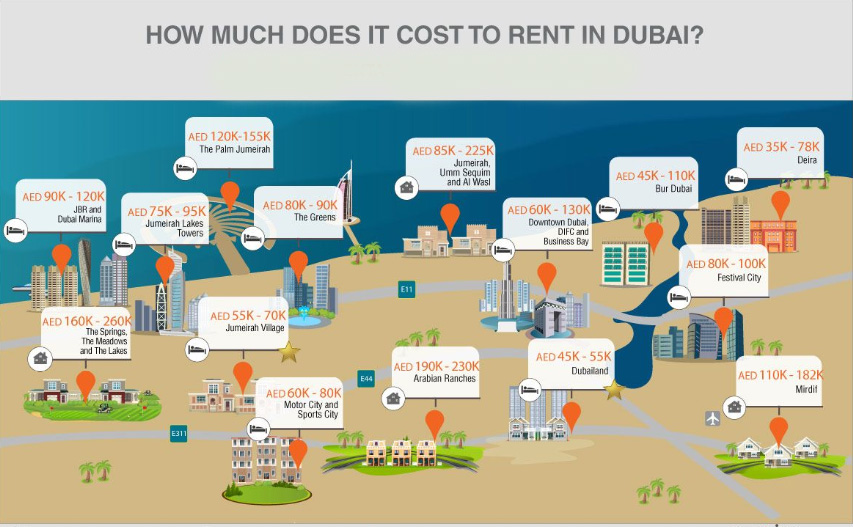 Most tire manufacturers recommend replacing tires every 6 years, regardless of the number of miles driven. This is because tire rubber degrades over time, even if the tires are not used. Tires that are more than 6 years old should be inspected by a professional to determine if they are safe to use.
Most tire manufacturers recommend replacing tires every 6 years, regardless of the number of miles driven. This is because tire rubber degrades over time, even if the tires are not used. Tires that are more than 6 years old should be inspected by a professional to determine if they are safe to use.
If your car is two-wheel-drive, it’s fine to replace two tires on the same axle instead of four, although you need to consider that your car will handle differently with two new tires than with four. If you are replacing two tires, it is best to put the new or best tires on the rear axle, as this will improve traction and stability.
On many 4WD and AWD cars, however, the diameter of the tires must match, otherwise, you can damage the transmission or the differential. Therefore, it is recommended to replace all four tires on 4WD cars, and it’s a requirement for many car brands like BMW and Audi.
You need to read the tire dimensions on your old tires and take them to the tire shop.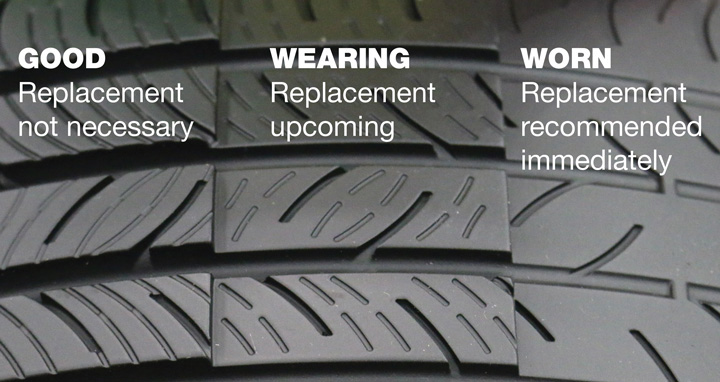 You can also call your authorized dealer or check your owner’s manual if the wheels are stock.
You can also call your authorized dealer or check your owner’s manual if the wheels are stock.
All tires will need to be replaced eventually. On top of having an expiration date, tires also wear down as you use them. Most people need to replace their tires before they are technically “old” due to tread loss, which can be dangerous.
Bald tires cannot grip the road appropriately, which can lead to accidents. Plus, in many areas, there are laws surrounding how much tread you need on your tires.
Of course, replacing a tire can be expensive. Tires themselves are costly, and the cost of labor also has to be taken into account. Before you make an appointment to get your tire changed, take a look at the pricing guide below.
Because this maintenance is so costly, many people are tempted to put it off for as long as possible. However, driving around on tires with little tread can be dangerous—and end up costing you thousands more in an accident. Plus, many areas have laws that make it illegal to drive on tires with less than a certain amount of tread.
Plus, many areas have laws that make it illegal to drive on tires with less than a certain amount of tread.
In these areas, you can get in legal trouble (including jail time) if your tires cause an accident. In many cases, it can be punishable as reckless driving even if the tires don’t cause an accident.
Worn tires cannot easily grip the road, which can reduce your ability to stop and cause slipping. Furthermore, they are also more likely to blow out while driving which can be extremely dangerous. Many of the deadly accidents on the road are caused by tire blowouts, after all.
Therefore, it is vital that you regularly change your tires. Otherwise, you may end up in an accident.
Image Credit: Eugen_Tomas, PixabayPrices of tires vary widely. There are many factors out there that affect tire price.
Firstly, different car models have different tire needs. Trucks need different tires than compact cars, which will affect the price. Generally, the bigger the tire, the more expensive it is, but there are exceptions to this rule.
Generally, the bigger the tire, the more expensive it is, but there are exceptions to this rule.
Performance tires will be more expensive than “just enough” tires. You can get tires that are designed to work better in certain weather conditions, off-road, or on performance vehicles. Usually, you can choose whether to purchase budget tires or something a bit more expensive.
Here is a list of car types and the average price of tires you’ll need for them:
On top of actually purchasing the tires, you also have to pay someone to put the tires on your car. Sometimes, you will be able to do this yourself. However, when you’re replacing many tires, you’ll also need to balance them. This can be challenging to do without a full mechanic shop.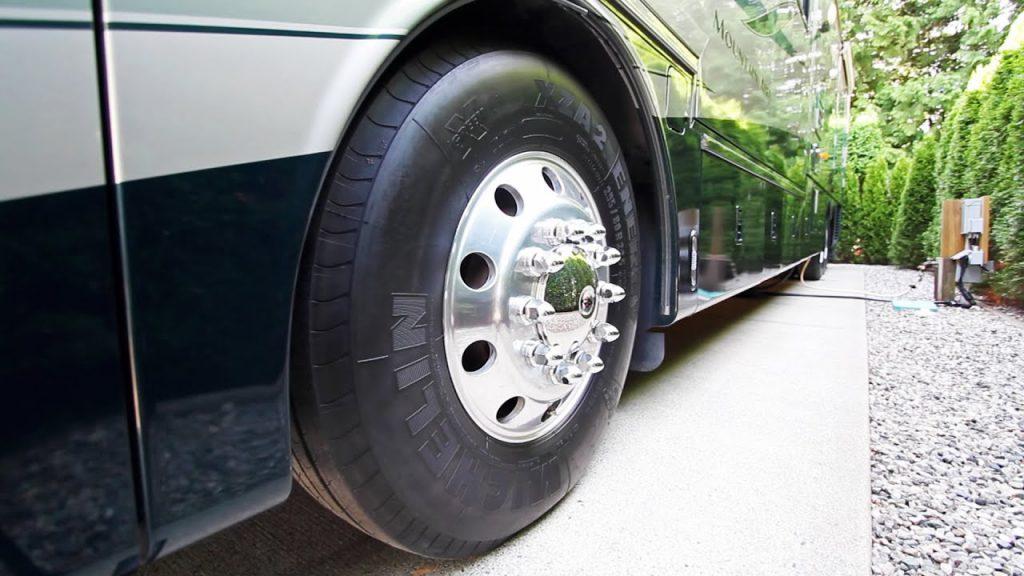 Without balancing, the tire may wear down strangely, which can lead to you needing to change your tires sooner rather than later.
Without balancing, the tire may wear down strangely, which can lead to you needing to change your tires sooner rather than later.
If you get your tire changed at an auto shop, they generally lump putting the tire on (and balancing them) into the cost of the tire. Therefore, you won’t actually find yourself needing to pay that much more for the mechanic to put the tire on.
When the store does charge extra for putting the tire on, it is usually a low rate. $25 to $50 is normal, though this can vary depending on your location.
Image Credit: stux, PixabayTires have about a 6-year lifespan max. Even if the tire looks brand new, you’ll need to change them at 6 years, as the rubber begins to break down at this point. The tire may look okay, but it will not be nearly as strong as a newer tire.
With that said, most people have to change them much more frequently. Regular driving can wear down the tires until there is not enough tread yet to maintain grip. At this point, you’ll need to change your tire even if it is only a couple of years old.
At this point, you’ll need to change your tire even if it is only a couple of years old.
There are many ways that you can determine the tread level on your tires, which will help you figure out if it is time to change them. In most areas, the minimum tread level is 2/32 of an inch. However, you typically want to change your tires a bit before they reach this level to ensure that you aren’t driving around with the tread too thin.
Usually, insurance does not pay for tires since it is a maintenance issue and not an accident. However, if you hit something and bust your tire, it may be covered as an accident. It all depends on what the definition of “accident” is, if there was anyone else involved, and the type of car insurance.
For instance, if you hit a pothole and damage your tire, it may be covered under collision insurance. Individual coverage does vary, though, which is why it is vital to review your plan before you sign up.
If your tires are stolen, you may be covered under comprehensive insurance (if you have it). You’ll need to look and see if the coverage includes theft and other non-crash situations. Sometimes, slashing tires also fall in this category. Often, it is counted in the same category as falling trees and hail.
With that said, no car insurance covers the usual wear and tear. If you’re just replacing your tires because they have been worn down, then you’ll need to cover the cost yourself.
Image Credit: Hans, PixabayThere are quite a few things you can do to make your tires last longer:

While it can be a costly expense, changing the tires on your car is vital. Otherwise, you can end up with tires that don’t grip properly and are more prone to blowouts. In the end, driving with old, worn tires is simply unsafe (and in many places, it is also illegal).
Your best bet is to save up and plan on changing your tires every 80,000 miles or so. Your driving habits and regularity of car maintenance will change this estimate, however. The type of tire also matters. For instance, performance tires tend to be softer to provide more grip, but they also wear down faster.
Luckily, the tires themselves will be your biggest expense. Paying someone to put them on isn’t actually that expensive. In fact, it is sometimes included with the price of the tire.
Sources
Featured Image Credit: Counselling, Pixabay
Contents
Hello, today we will understand this question - which axle to put new tires on if you change only a pair? Read the article to the end, you will find a lot of information.
Every car owner is familiar with the phenomenon of tire wear. And there are many reasons for this. This is a natural process during long-term operation of the car. That is, tires wear out and become unusable after a certain time. And that's okay. But, in addition, a number of other factors affect the degree and rate of wear. Today we find out:
And there are many reasons for this. This is a natural process during long-term operation of the car. That is, tires wear out and become unusable after a certain time. And that's okay. But, in addition, a number of other factors affect the degree and rate of wear. Today we find out:
Select tires by vehicle or by specifying size
Tire wear is affected by driving style, road quality, tire pressure, vehicle load, road surface temperature, and, of course, the technical condition of the car. It has been proven that driving a car in hot weather on a dry road at high speed will wear the tread faster than driving at a moderate speed in cool weather. nine0003
Also with pressure. We recommend that you go to a service station and correct it according to the recommendations of the car manufacturer, especially if you are going on a long journey in a well-loaded car. So that your trip is comfortable and safe.
So that your trip is comfortable and safe.
Select tires by vehicle or by specifying size
Also, the nature of tire wear is affected by the type of drive your car has - front, rear or full. It is even intuitively clear that the wheels on the drive axle wear out faster. And since the load on the 4 wheels of the car is uneven, their wear is also uneven. On steered wheels, the sidewall wears out more, as it is under load when cornering. While the central part of the tread “suffers” on the driving wheels. Since it is she who contacts the asphalt and transmits the rotation of the wheel to the road. But, for example, in a car with front-wheel drive, the front wheels are both driven and steered - so they will wear out faster than the rear ones. In a rear-wheel drive car, the rear wheels are the first to wear out. But in a car with all-wheel drive, the nature of tire wear depends on the type of transmission and the types of all-wheel drive connection. And also from the distribution of torque - more on the front or rear axle. nine0003
And also from the distribution of torque - more on the front or rear axle. nine0003
Friends, I want to remind you that the law prohibits the operation of cars and light trucks with a tread depth of less than 1.6 mm on summer tires and 4 mm on winter tires. Be sure to control this moment - after all, this is primarily your safety on the road, as well as other road users.
If you follow the recommendations that will help extend the "life" of the rubber, you can achieve a longer life. In general, the condition of tires is one of the main factors that affects your safety on the road. nine0003
Main recommendations:

Well, let's talk separately about such a method of extending the life of tires as tire rotation. This is a rearrangement of the wheels in places, due to which the rubber wears out more evenly. After all, it is very important that all 4 tires wear equally, because then you will be able to control your car better (reaction in corners, traction, braking performance, reduce noise, etc.). This is very important, especially in difficult weather conditions, such as autumn or winter. This is first. And secondly, the same tire wear allows in the future (if necessary) to replace the entire set of rubber, and not in pairs. Although we will talk about this a little later.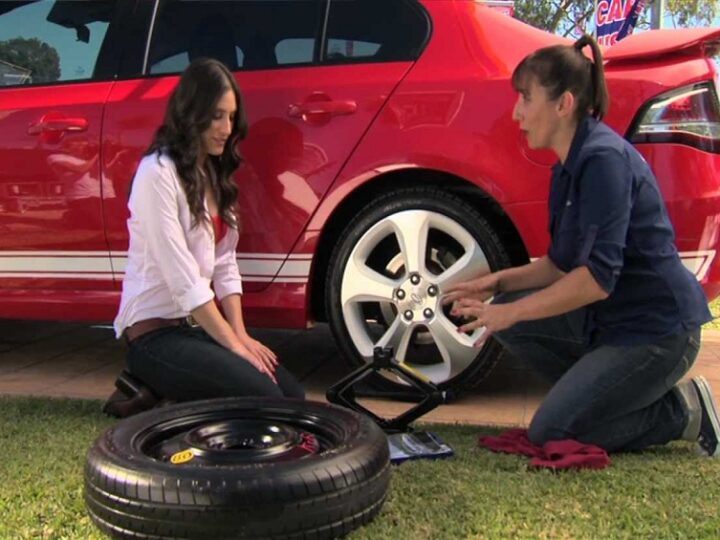 Find out which axle to put new tires on. nine0003
Find out which axle to put new tires on. nine0003
Select tires by vehicle or by specifying size
So, tire manufacturers recommend swapping wheels every 5-8 thousand car mileage. But, we must not forget that the difference in tire wear should not be too large. And you can only swap wheels with the same tread pattern. So what are the rules for changing tires? I recommend using the generally accepted rules from tire manufacturers. For example, the well-known Michelin recommends doing this like this:
As you can see, tire rotation depends on the type of vehicle drive and the type of tires used. Let's look at several ways:
 And the rear wheels are placed in place of the front ones diagonally - the right rear in place of the left front, and also the second. nine0008
And the rear wheels are placed in place of the front ones diagonally - the right rear in place of the left front, and also the second. nine0008 If you have tires with a directional tread pattern, the only way to rotate is to swap front and rear tires.
Friends, I want to say right away that AUTOMARKET recommends having two complete sets of tires - winter and summer - and changing them 4 pieces at a time. And you will be happy. nine0003
But if life has already forced, and in order to save money, the car owner buys only one pair of new tires, then the question arises - where to put them? To the front axle or to the rear? An interesting question, and in some autoforums there are whole discussions about this. Someone says - depending on the type of drive, someone will say - of course, on the front axle, because the front wheels wear out faster. And there are those who believe that the rear and the type of drive have nothing to do with it. The correct answer is the third one. A new pair of tires is ALWAYS put on the rear axle. Although earlier there was an opinion that on a front-wheel drive car, new tires are placed on the front axle, since the braking distance is shorter and the car will row better. And it seems to be logical. But it's not. nine0003
Someone says - depending on the type of drive, someone will say - of course, on the front axle, because the front wheels wear out faster. And there are those who believe that the rear and the type of drive have nothing to do with it. The correct answer is the third one. A new pair of tires is ALWAYS put on the rear axle. Although earlier there was an opinion that on a front-wheel drive car, new tires are placed on the front axle, since the braking distance is shorter and the car will row better. And it seems to be logical. But it's not. nine0003
Even Michelin made a statement on its website a long time ago that for safety reasons, regardless of the drive, new or less worn tires should be put on the rear axle.
According to Michelin experts, this provides a higher level of safety in unexpected or difficult traffic situations (emergency braking, sharp turns), especially on slippery surfaces. Yes, and numerous tests prove that in any situation it is always easier to control the front wheels than the rear. After all, the rear axle on worn tires goes out of control instantly, especially in the rain or just on wet cold asphalt. The electronics of the car will not always be able to stabilize it - it may simply not be physically enough for the area of \u200b\u200bcontact between the tire and the road. As a result, the driver loses control of the car due to the “back end” skidding, which many drivers simply cannot cope with. The German ADAC club is of the same opinion on installing the best pair of tires - if tires of different quality are installed on different axles, put the best tires back. nine0003
After all, the rear axle on worn tires goes out of control instantly, especially in the rain or just on wet cold asphalt. The electronics of the car will not always be able to stabilize it - it may simply not be physically enough for the area of \u200b\u200bcontact between the tire and the road. As a result, the driver loses control of the car due to the “back end” skidding, which many drivers simply cannot cope with. The German ADAC club is of the same opinion on installing the best pair of tires - if tires of different quality are installed on different axles, put the best tires back. nine0003
The Austrian Automobile Club ÖAMTC tested back in 2010 how the best tires on the front or rear axle affect the driving performance of the car. They also recommend putting the best tires on the rear axle. The test proved that the car shows more effective braking when newer tires are installed on the front axle. But when you install these tires back - the car shows better directional stability, especially on a wet roadway.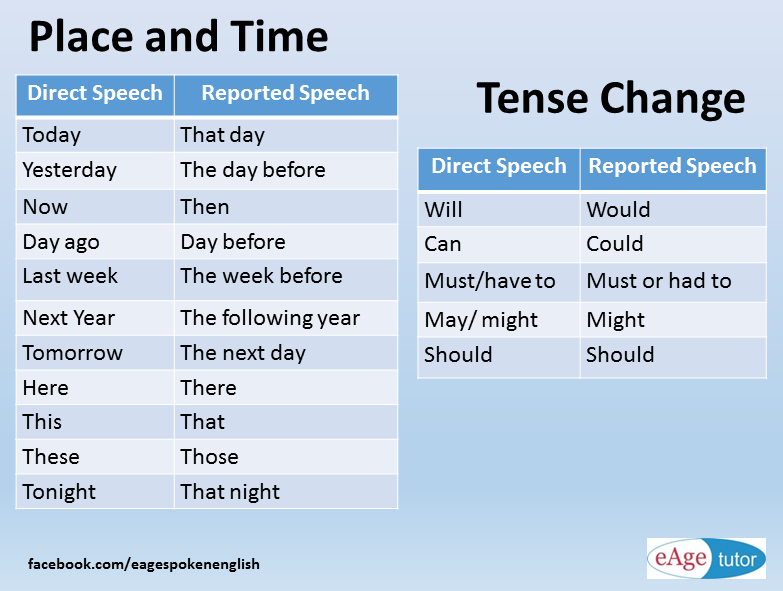 And yet, ÖAMTC experts unanimously repeat that it is possible to install different tires only if the difference in wear is small. They ran this test on tires with a wear difference of 1.5mm between front and rear. And if the difference is greater, it is recommended to buy a new set of 4 tires. nine0003
And yet, ÖAMTC experts unanimously repeat that it is possible to install different tires only if the difference in wear is small. They ran this test on tires with a wear difference of 1.5mm between front and rear. And if the difference is greater, it is recommended to buy a new set of 4 tires. nine0003
Also in 2017, the Belarusian portal AUTO TUT.BY conducted a test at a training ground in Finland. Two identical VW Golfs were tested, one had fresher tires in the back, the other in the front. The cars accelerated to 30 km / h and slowed down, first on ice, and then on snow. In short, the results of the test are as follows: a car with good tires in the front accelerates and brakes faster than in the opposite case. But that's probably the only bonus. In characteristics such as grip, handling, cornering stability, the car is more predictable and safer if the best tires are installed on the rear axle. nine0003
Conclusion: Tires with varying degrees of wear are definitely dangerous.
The question is - how dangerous can it be? When the tires are “not very” installed in the front, the braking distance is longer of course, but the car itself is more predictable. It is easier for you to control it, you can ride smoother or quieter, etc. Yes, and keeping a safe distance is easier than driving a car that has gone into a skid.
I repeat, AUTOMARKET recommends changing all four wheels for each season and making a timely rotation. But if the difference in wear is not very large, then we recommend putting “better” tires on the rear axle. Safe travels for you! nine0003
Select tires by vehicle or by specifying size
If you liked the video - put "like", if you have any questions - write in the comments and we will answer them. Subscribe to our channel if you haven't already
With wishes of a good road, AUTOMARKET - convenient for the motorist
 Online appointment for tire fitting in Moscow
Online appointment for tire fitting in Moscow Tire service is a collective name for services related to scheduled inspection, diagnostics, repair and replacement of rubber tires on rims. This line of work of automotive service centers combines manipulations from simple tire washing to sealing holes in rubber or balancing (correcting the center of gravity) of wheels. In general, these are one of the simplest, but most frequent operations required for both trucks and cars. And the relative ease of tire fitting for inexperienced owners sometimes leads to the fact that they ignore planned procedures, not considering them important enough. This is the wrong approach, and we will explain why timely tire fitting appointments are very important. nine0003
In general, these are one of the simplest, but most frequent operations required for both trucks and cars. And the relative ease of tire fitting for inexperienced owners sometimes leads to the fact that they ignore planned procedures, not considering them important enough. This is the wrong approach, and we will explain why timely tire fitting appointments are very important. nine0003
In what cases is it necessary to book a tire fitting? We recommend that you apply for this service if you observe the following problems with your car: ;

Tire services are also regularly needed for seasonal tire changes, from smooth summer tires to studded winter tires. Despite all the planned nature of this procedure, it is better not to perform it on your own or in artisanal conditions. In addition, any other problems with wheels and tires that you notice can become a reason for contacting the service. If the alarm turns out to be false, you will lose incomparably less than if you did not pay attention to worn tires. nine0003
Tire fitting combines various services, one way or another related to rubber tires. According to our practice, most often car owners need the following procedures:
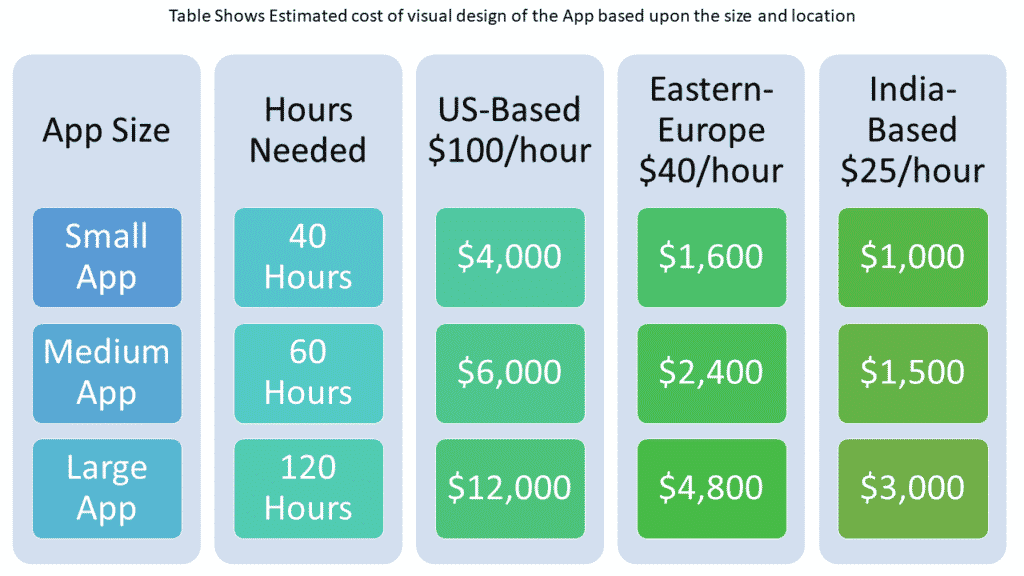 nine0008
nine0008 In addition, wheel balancing is often required. An even distribution of mass is necessary after any manipulation with tires that changes their weight. Often balancing is carried out as a separate service, often it is one of the stages of the complete tire fitting procedure.
Algorithms for the provision of different services vary slightly, but in most cases tire fitting is performed in the following sequence, which includes five main work steps:
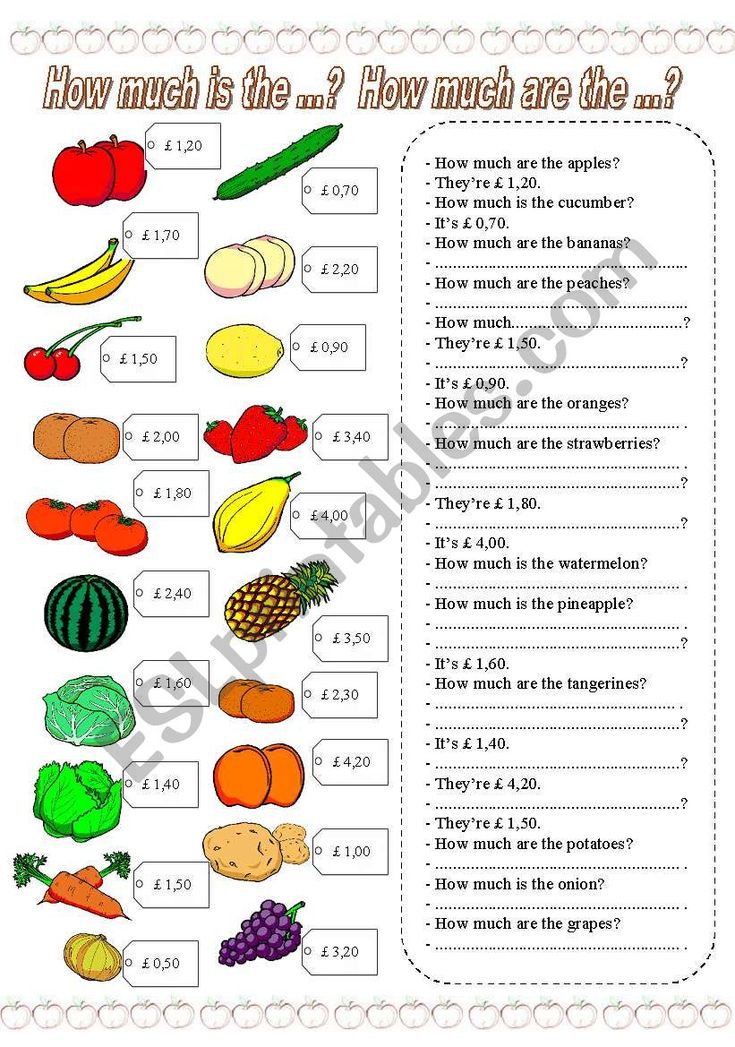 A very important stage, because without it nothing else can be done. And not only because it is unpleasant to work with dirty wheels. Balancing, for example, will not work, because clods of dirt will distort the distribution of masses.
A very important stage, because without it nothing else can be done. And not only because it is unpleasant to work with dirty wheels. Balancing, for example, will not work, because clods of dirt will distort the distribution of masses. 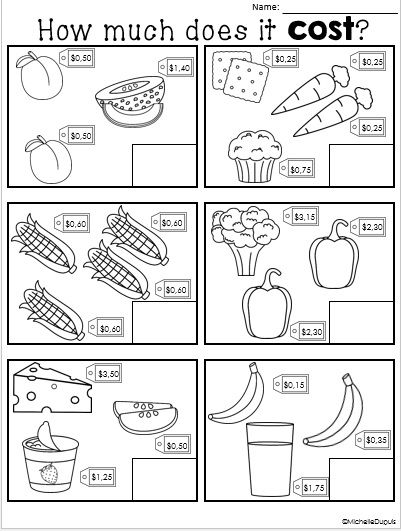 nine0008
nine0008 Other services listed in the previous section may also be provided between the third and fifth tire fitting stages. For example, tire repair related to the elimination of cracks, punctures and scratches. When changing tires seasonally, balancing requires minimal effort and time. nine0003
Tire fitting, especially on passenger cars, is considered a relatively simple type of work that is quite within the power of any car owner. Why give money to the service, if the same can be done with your own hands in the garage. However, this logic is wrong. Let's explain why.
Why do tires need to be changed so often (and the prices for it, by the way, are not high at all)? Because the rubber tires of the wheel are in direct contact with the road surface.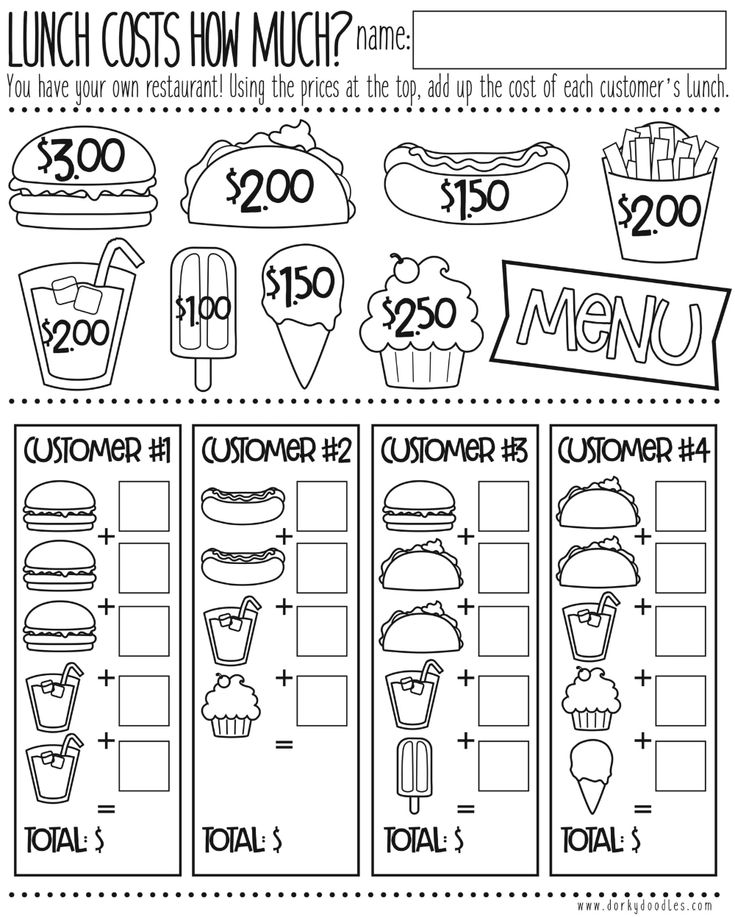 And they take on a colossal load - mechanical, vibrational, adhesive. They have high pressure, their surface is very abraded from the outside. Moreover, the speed and degree of abrasion depends, among other things, on how accurately the pressure inside the tire is selected:
And they take on a colossal load - mechanical, vibrational, adhesive. They have high pressure, their surface is very abraded from the outside. Moreover, the speed and degree of abrasion depends, among other things, on how accurately the pressure inside the tire is selected:

Incorrect tire fitting also leads to other problems. So, low pressure on a wet canvas increases the braking distance, makes parking more difficult, increases the load on the steering tips and, in general, makes the ride uncomfortable and painful. And high pressure impairs grip, which is even worse and more dangerous. Therefore, it is extremely important to install and inflate tires correctly - not only comfort, but the safety of all road users depends on this. nine0003
No matter how much tire fitting in a service center costs, many owners of cars in the old fashioned way prefer to manage on their own, sometimes with the involvement of acquaintances - the same car owners. However, a professional service has obvious technical advantages:
 In car services, the masters have real experience. nine0008
In car services, the masters have real experience. nine0008 Professional tire service will extend the life of your car - both cars and trucks. It will be more convenient to drive such a car, the ride will become smoother and more comfortable, the vehicle will not skid when cornering. Wet or slippery road surfaces will still require careful handling, but will become less of an issue. nine0003
It will be more convenient to drive such a car, the ride will become smoother and more comfortable, the vehicle will not skid when cornering. Wet or slippery road surfaces will still require careful handling, but will become less of an issue. nine0003
For professional tire fitting, car repair services use a large number of special equipment. The main one is the pneumatic tire changer, which combines tools for all basic procedures. The machine is used for removing and mounting tires, for washing, pumping, and sometimes repairing them. Below is a list of basic tools that any decent car service should have, without them the work will be artisanal:

In addition, it is impossible to provide a professional tire fitting service without a portable lamp, a starter-charging trolley, a set of specialized tire repair tools, for example, a tire inflation gun equipped with filters and hoses. It is also difficult to do without a pneumatic wrench with a set of removable interchangeable nozzles. Minor work is done on a workbench, small equipment is best kept in a hanging tool cabinet. nine0003
Our car service provides all tire fitting and related maintenance services for cars and trucks in Moscow. There are two branded salons in the capital: in the Northern District (Khovrino district) and in the North-East (Otradnoye district). The third service center operates in the city of Khimki, Moscow Region. In each of them you will be able to evaluate our advantages:
